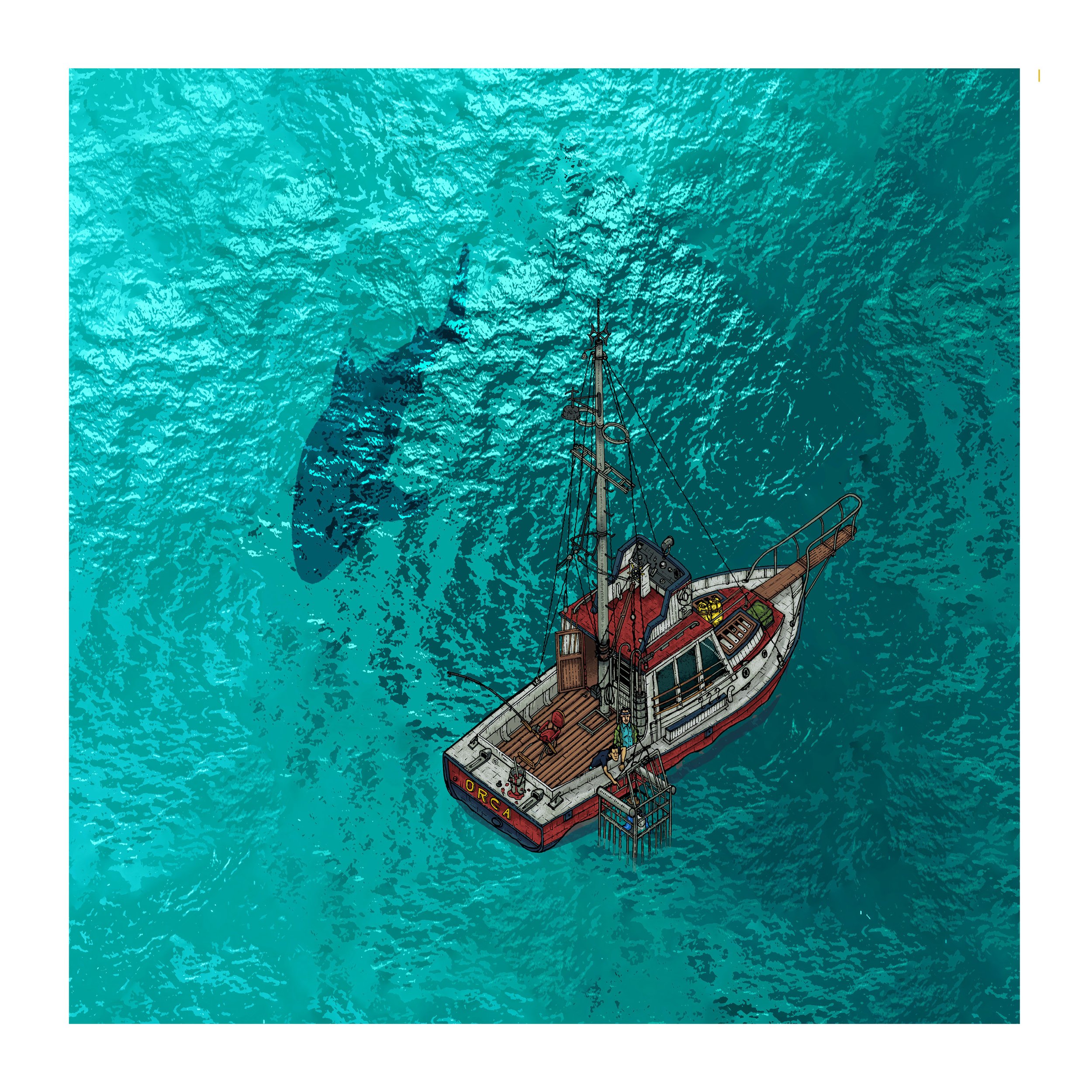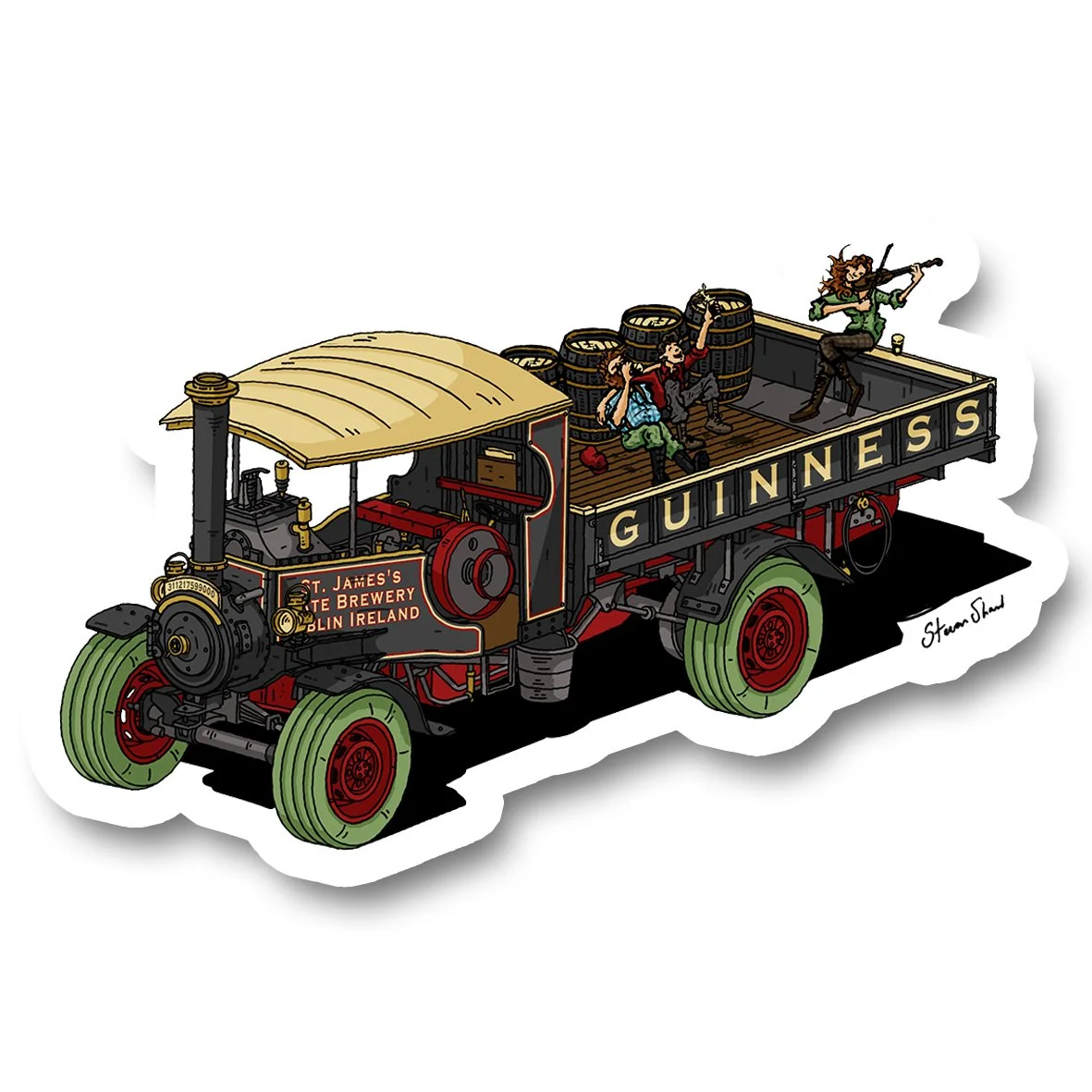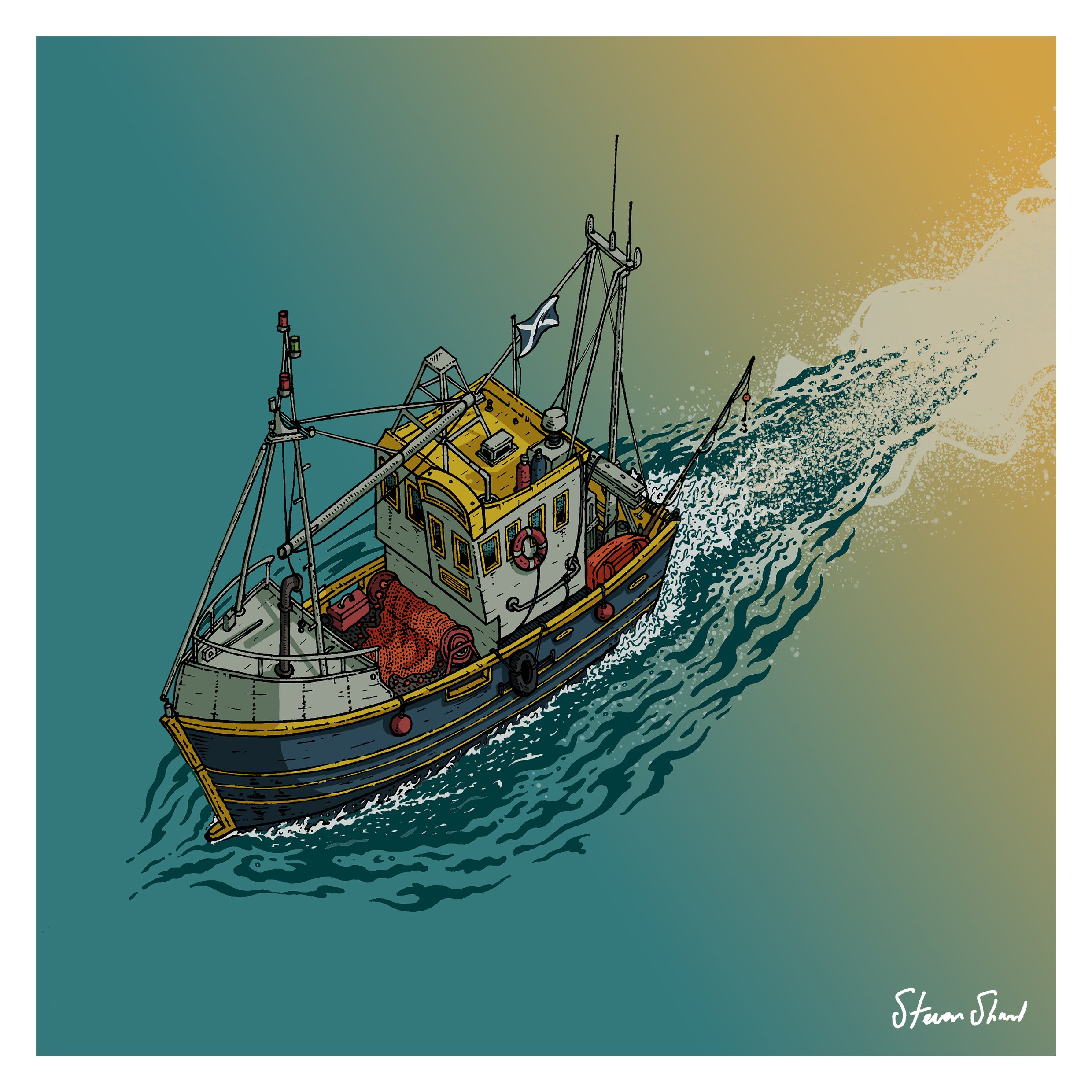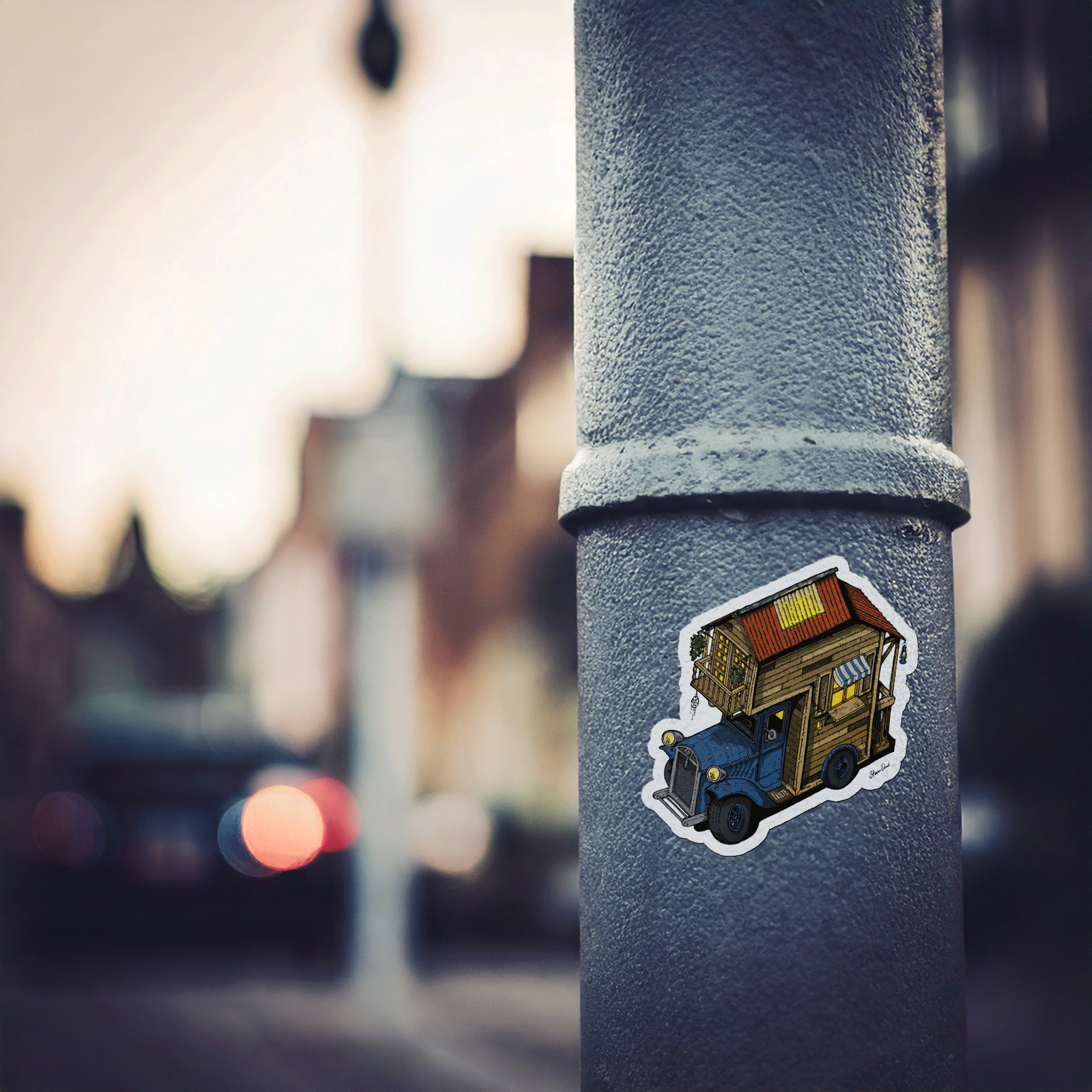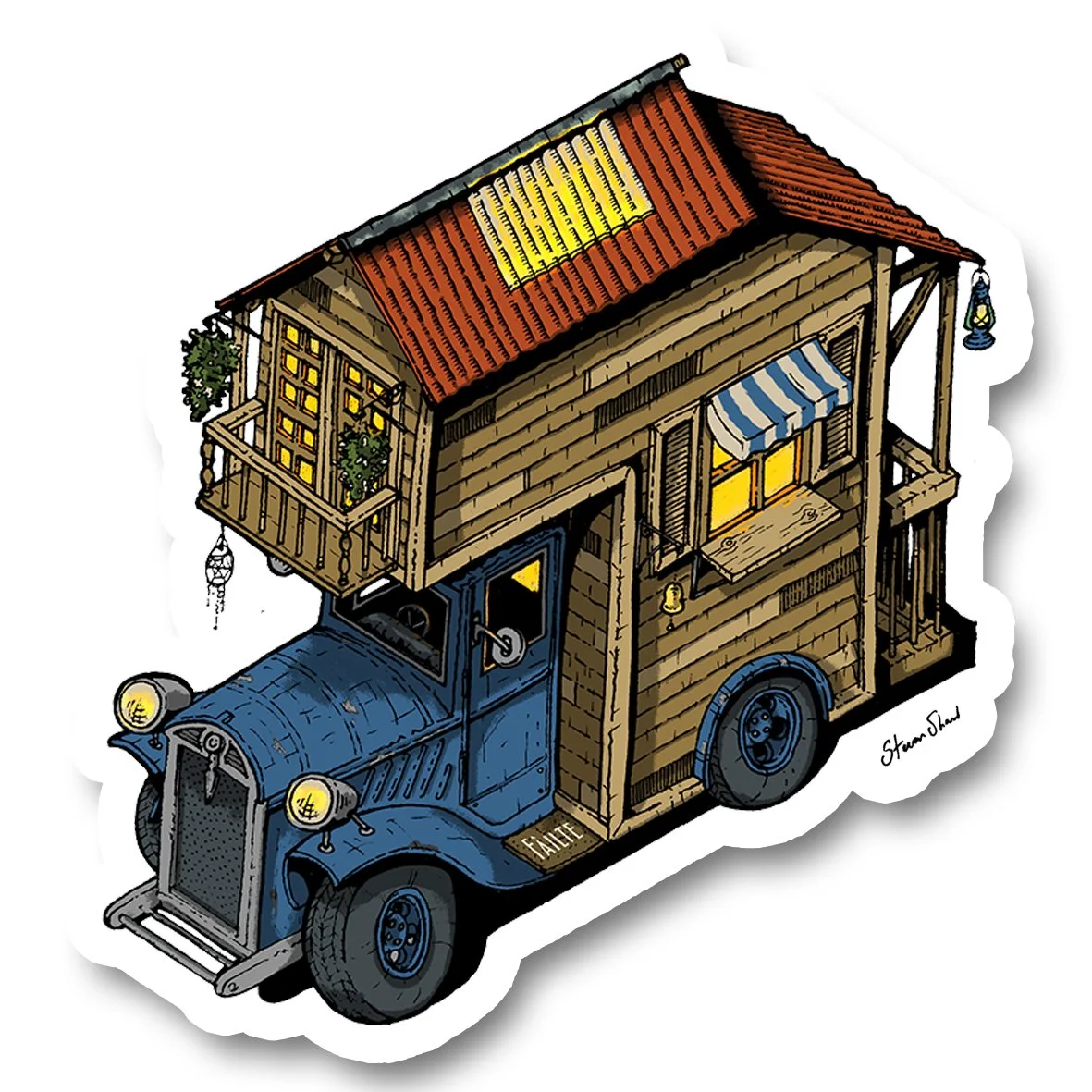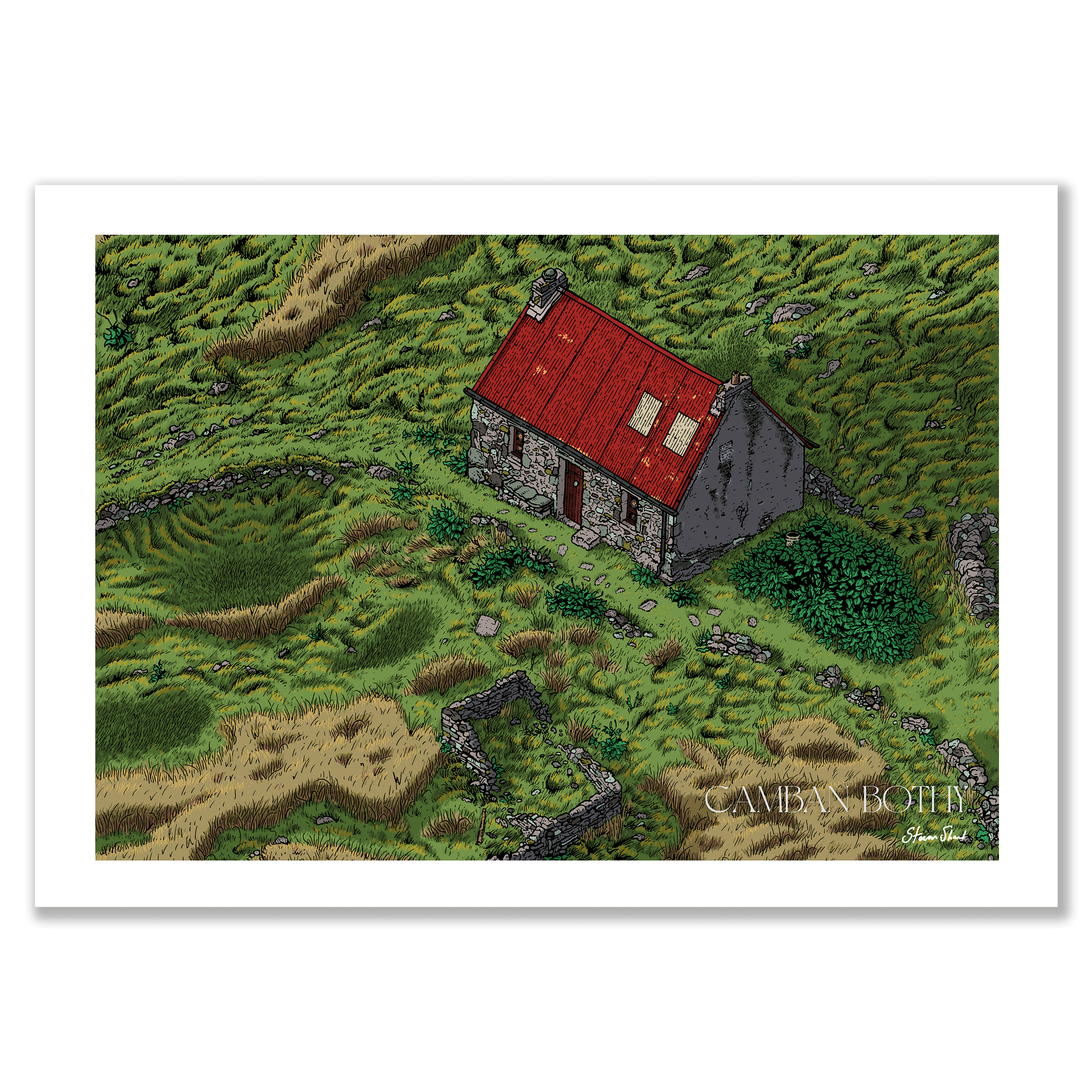 Image 1 of 1
Image 1 of 1


Camban Bothy Isometric Illustration
Camban Bothy Isometric Illustration.
Printed on fine art giclee paper as a square print with title, address and signature.
Available in three landscape options:
A2 size, 420 x 594 mm, 16.5 x 23.4 in
A3 size, 297 x 420 mm, 11.7 x 16.5 in
A4 size, 210 x 297 mm, 8.3 x 11.7 in
Camban Bothy sits in the Fionn Gleann Valley at the uppermost, westerly part of Glen Affric, one of Scotland’s longest glens.
The bothy is perfectly situated as a resting spot for Munro baggers attempting to hike the Five Sisters of Kintail. It is a crofting house that sits amongst the rubble of a few ruins, suggesting there was once a small settlement. The bothy was built in the 1830s to house a shepherd and his family, with the last occupants leaving around 1920. Battered by the elements, the building fell into disrepair, but in 1969 it was restored by volunteers in memory of two climbing friends. The Bothy is now maintained by the Mountain Bothy Association, and the vermillion pre-coated aluminium roof was fitted in 2008. In the two rooms, there are chipboard platform bunks for sleeping up to eight travellers. Amenities are basic and adornments are fewer, with a few candlesticks and stag skulls placed above the stove and hearth. Still, it is a welcome shelter on a blustery and wet night.
Camban Bothy Isometric Illustration.
Printed on fine art giclee paper as a square print with title, address and signature.
Available in three landscape options:
A2 size, 420 x 594 mm, 16.5 x 23.4 in
A3 size, 297 x 420 mm, 11.7 x 16.5 in
A4 size, 210 x 297 mm, 8.3 x 11.7 in
Camban Bothy sits in the Fionn Gleann Valley at the uppermost, westerly part of Glen Affric, one of Scotland’s longest glens.
The bothy is perfectly situated as a resting spot for Munro baggers attempting to hike the Five Sisters of Kintail. It is a crofting house that sits amongst the rubble of a few ruins, suggesting there was once a small settlement. The bothy was built in the 1830s to house a shepherd and his family, with the last occupants leaving around 1920. Battered by the elements, the building fell into disrepair, but in 1969 it was restored by volunteers in memory of two climbing friends. The Bothy is now maintained by the Mountain Bothy Association, and the vermillion pre-coated aluminium roof was fitted in 2008. In the two rooms, there are chipboard platform bunks for sleeping up to eight travellers. Amenities are basic and adornments are fewer, with a few candlesticks and stag skulls placed above the stove and hearth. Still, it is a welcome shelter on a blustery and wet night.
